Acoustic Isolation of Sports & Health Clubs
Sports and Health Clubs can be a challenging environment to isolate. A combination of impact and air-borne noise requires isolators to absorb low and high frequencies. The structure of the building also should be considered to ensure there is no risk of the isolators exacerbating certain vibration modes.
Many gyms are installed in spaces not originally designed for the purpose. This can cause problems when noisy activities take place adjacent to quiet spaces, such as dropping free weights, running on treadmills, or spinning and aerobics classes.
Correct Isolators
Anything which involves impacts such as these requires a floor supported spring isolators. Elastomers such as rubber and neoprene cannot react quickly enough to isolate against the low frequency, high energy pulses generated by an impact. An elastomer based mat may help reduce noise in the gym itself, but will be not effective at stopping vibrations passing into the building structure.
It is also important to consider how the building structure responds to vibration. We would always ensure that any isolators do not have a similar response to the existing structure. If this is not considered there is a risk that they could exacerbate the vibration or noise.
Mason U.K. can help
Mason U.K. has successfully isolated individual items of gym equipment such as treadmills, small areas such as free-weights zones through to entire dance floors and gymnasiums. We can help determine the most cost effective way of solving your problem.
We have also successfully designed floors which isolate against noise and vibration while reducing risk of injury and fatigue to users of ballet practice rooms, dance floor and aerobics studios. A floor with the correct response will have a cushioning effect, beneficial to frequent dancers or gym users.


